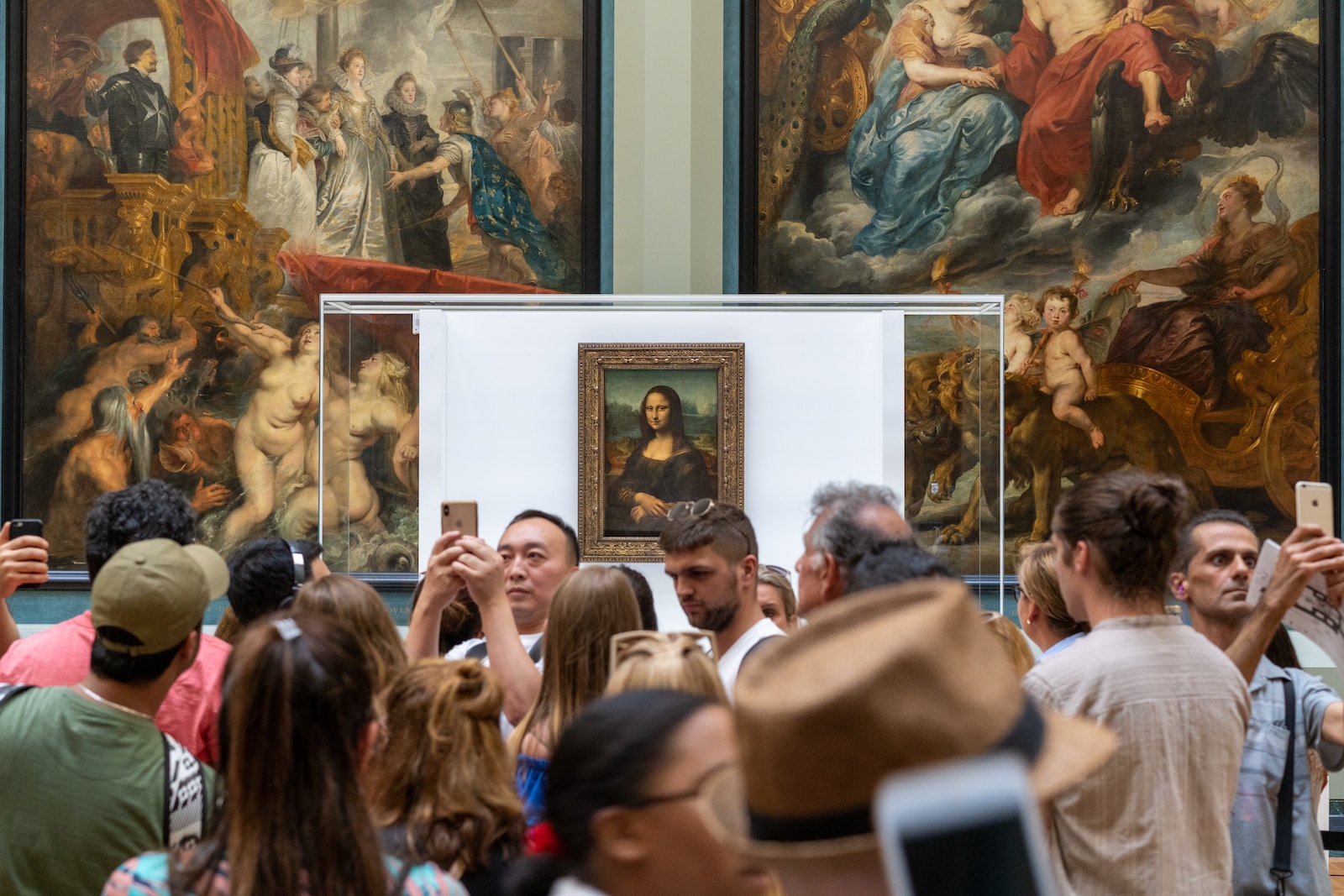Unveiling the Mysterious Style of Leonardo da Vinci
Leonardo da Vinci, the mastermind behind some of the most iconic artworks in history, continues to enthrall art enthusiasts with his enigmatic style. Known for his diverse talents as a painter, sculptor, architect, and inventor, da Vinci’s unique artistic flair remains a subject of fascination to this day. Through this article, we embark on a journey to dive into the intriguing world of da Vinci’s style, unraveling the secrets behind his masterpieces that have stood the test of time.
Dive into the Enigmatic World of da Vinci’s Artistic Flair
- The Mastery of Realism:
One of the defining characteristics of da Vinci’s style was his mastery of realism. His meticulous attention to detail and his ability to capture the essence of his subjects brought his artworks to life. Whether it was the play of light on a face or the intricate details in a landscape, da Vinci’s paintings were imbued with a sense of realism that was unparalleled in his time.
- The Grace of Sfumato:
Sfumato, a technique that da Vinci popularized, involved the subtle blending of colors and tones to create soft transitions and smoky effects. This technique added a sense of depth and mystery to his paintings, giving them an ethereal quality. The Mona Lisa, one of his most famous works, exemplifies this technique with its softly blended brushstrokes that create a sense of ambiguity and allure.
- The Exploration of Chiaroscuro:
Chiaroscuro, the interplay of light and shadow, was another technique da Vinci employed to great effect. By manipulating the contrast between light and dark, he was able to create a sense of volume and three-dimensionality in his paintings. This technique, showcased brilliantly in “The Last Supper,” added depth and drama to his compositions.
- The Use of Atmospheric Perspective:
Da Vinci was a pioneer in the use of atmospheric perspective, a technique that involves creating the illusion of depth and distance by manipulating colors, tones, and textures. By subtly altering these elements, he was able to convey a sense of space and atmosphere in his landscapes, drawing the viewer into the scene. “The Virgin and Child with Saint Anne” is a prime example of da Vinci’s mastery of atmospheric perspective.
- The Integration of Science and Art:
As a scientist and inventor, da Vinci had a keen eye for observation and a deep understanding of anatomy. This knowledge greatly influenced his artistic style, as he strived for accuracy and precision in depicting the human form. His anatomical studies were extensive, and he incorporated this understanding into his paintings, creating figures that were both realistic and anatomically correct.
- The Quest for Perfection:
Da Vinci was a perfectionist, constantly seeking to push the boundaries of his art. He would spend countless hours sketching and refining his compositions, ensuring every detail was meticulously executed. This dedication to perfection is evident in his paintings, which exude a sense of harmony and balance.
- The Love for Nature:
Da Vinci’s love for nature was another integral aspect of his style. He would closely observe the natural world, studying the movement of water, the growth of plants, and the behavior of animals. His nature studies, such as “The Virgin and Child with Saint John the Baptist,” reflect his fascination with the intricate beauty of the natural world.
- The Use of Symbolism:
Da Vinci often incorporated symbolism into his artworks, adding hidden meanings that could be deciphered by the discerning eye. From the enigmatic smile of the Mona Lisa to the intricate details in “The Last Supper,” his paintings were layered with symbolic elements, inviting viewers to delve deeper into their significance.
- The Blurring of Boundaries:
Da Vinci’s style was truly groundbreaking for his time, as he defied conventional boundaries and experimented with various mediums and techniques. His versatility allowed him to excel in multiple disciplines, seamlessly blending science and art, and pushing the boundaries of what was deemed possible.
- The Legacy of Leonardo da Vinci’s Style:
Leonardo da Vinci’s style continues to be a source of inspiration for artists across the globe. His innovative techniques and unparalleled attention to detail have left an indelible mark on the art world. Through his artworks, he invites us to see the world through his eyes, where beauty and curiosity intertwine.
As we conclude our exploration of da Vinci’s style, we are left in awe of the genius that was Leonardo da Vinci. His ability to merge science and art, his mastery of techniques, and his unwavering pursuit of perfection have solidified his place as one of history’s greatest artists. Leonardo da Vinci’s style remains an enigma, forever captivating our imagination and reminding us of the boundless possibilities of artistic expression.















